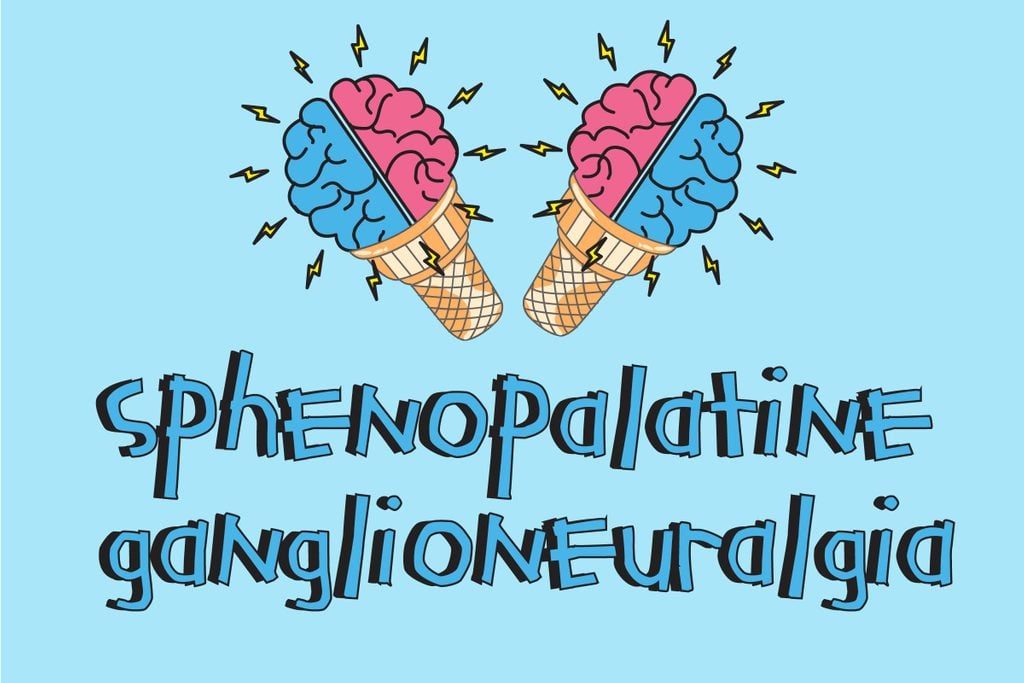There’s a Scientific Name for “Brain Freeze”—and You’ll Have No Idea How to Pronounce It
Updated: Jun. 30, 2017
Just looking at the word is enough to give you a headache.
From slushies and smoothies to ice cream and gelato, frozen desserts are the summer’s hottest commodity. Unfortunately, those sweet indulgences come with consequences, and we’re not just talking about extra calories.
Brain freeze is pretty much inevitable if you eat cold treats too quickly. You already knew that. What you don’t know is that brain freeze has a more official name. (No, it’s not ice cream headache.) The scientific term for brain freeze is sphenopalatine ganglioneuralgia. Try saying that five times fast. Or one time fast. Or just once.
In medical-speak, that name means “nerve pain of the sphenopalatine ganglion,” which is a cluster of nerve cells in the parasympathetic nervous system. That system is responsible for “rest-and-digest” activities, things that happen when the body is at rest. Those include conserving and storing energy, digestion, secretion, slowing heart rate, and sexual arousal.

So how does sphenopalatine ganglioneuralgia happen? Here’s how neuroscientist Dwayne Godwin, Ph.D., from Wake Forest Baptist Medical Center explains it. While you’re enjoying that slushie or ice cream cone a bit too excitedly, the temperature at the back of your throat changes very quickly. Two important arteries—the internal carotid artery, which brings blood into the brain, and the anterior cerebral artery, which is where brain tissue starts—are also located there.
Now, your brain likes everything to stay status quo. That includes its internal thermostat. So when those arteries get cold, they dilate and contract. The brain interprets that sensation as pain, and voila, you get a nasty headache.
It puts a damper on your delicious treat, but brain freeze actual serves a scientific purpose too. “We can’t easily give people migraines or a cluster headache, but we can easily induce brain freeze without any long-term problems,” Godwin said in a press release. “We can learn something about headache mechanisms and extend that to our understanding to develop better treatments for patients.”
As far as getting rid of an ice cream headache, press your tongue to the roof of your mouth or drink something slightly warm. Both tricks bring the temperature in your mouth back to normal. Talk about a quick first aid trick for a pesky problem.














